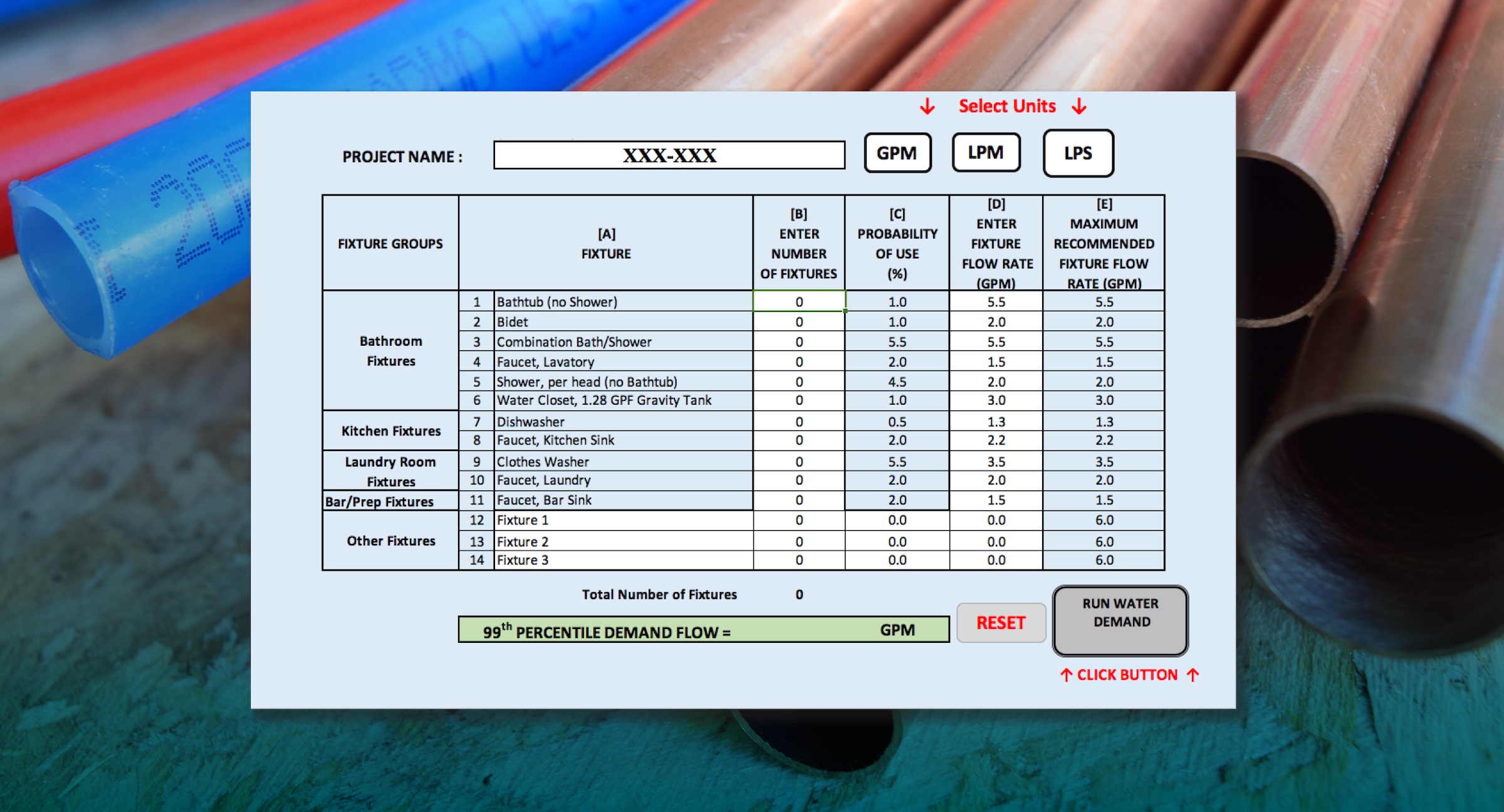Optimized Plumbing Design for the 21st Century: Smarter Systems for Health, Affordability, and Sustainability
Designing Efficient, Cost-Effective, and Health-Conscious Plumbing Systems for Modern Multifamily Residential Buildings
Sponsored by IAPMO | Presented by Christoph Lohr and Gary Klein
Webinar On-Demand
Outdated pipe-sizing methods continue to drive the overdesign of plumbing systems in multifamily residential buildings. Wasting resources, increasing costs, and compromising water quality. This webinar explores how plumbing engineers and system designers can implement performance-based, efficiently scaled plumbing strategies tailored to today’s multifamily housing.
Using the IAPMO Water Demand Calculator® to estimate peak water demand in residential buildings, participants will learn how to align system sizing with actual usage patterns, thereby accurately estimating peak water demand in residential buildings.
The session highlights how modernized plumbing design can accelerate hot water delivery, reduce stagnation, and mitigate health risks, while supporting affordability, energy efficiency, and sustainability. Case studies will demonstrate how applying these principles can reduce infrastructure and operational costs, contributing to healthier and more resilient residential environments.

Image courtesy of IAPMO
 |
Along with designing new homes, Christoph Lohr has over a decade of experience in designing plumbing systems for healthcare, laboratory, hospitality, sports, and university projects. He has a reputation as a results-oriented expert. Christoph's current responsibilities as Vice President of Technical Services and Research for IAPMO is to identify long term, high impact projects, developing a business case for them, bring resources to bear, and executing them for maximum results. He has a concentrated focus in honing his personal and organization's strategy on possible breakthrough points which has led to improved effectiveness and growth. Christoph's professional activities in the industry extend into multiple volunteer associations, of which he has also assumed leadership roles setting strategy and direction for teams including ASPE Phoenix Chapter, ASPE Society, ASPE Legionella Working Group, ASHRAE Committees, PIPE Trust of Arizona, IAPMO’s Safe Building Reopening Best Practices among others. Additionally, he has been involved in numerous strategic planning initiatives to help organizations he has belonged to in improving their overall effectiveness. It is with this mindset that Christoph consistently looks to find long-term, holistic solutions that positively impact public health and safety, particularly in the world of water and plumbing. |
 |
Gary Klein,, President of Gary Klein & Associates, Inc. has been intimately involved in energy efficiency and renewable energy since 1974. One eighth of his career was spent in the Kingdom of Lesotho, the rest in the United States. Since the early 1990s he has led the effort to incorporate “hot water as a system” into the core principles of building science. After serving 19 years with the California Energy Commission, he has provided consulting on sustainability since 2008, with an emphasis on the water-energy-carbon health connection. The benefits of right-sizing premise plumbing and water heating systems are currently at the top of his list. Klein received a BA from Cornell University in 1975 with an Independent Major in Technology and Society with an emphasis on energy conservation and renewable energy. The International Association of Plumber and Mechanical Officials (IAPMO) recognized his efforts in 2014 presenting him their Green Professional of the Year award. In 2015 the Department of Energy awarded him the Jeffrey A. Johnson Award for Excellence in in the Advancement of Building Energy Codes. |
IAPMO is a global team of experts engaging industry and government for a safer built environment. Our deep expertise in codes and standards is applied to our rigorous product testing, certification and inspection services, professional development offerings, industry research, policy and advocacy work.
Originally published in PM Engineer and Plumbing & Mechanical
Originally published in July 2025
LEARNING OBJECTIVES
- Explain how conventional pipe-sizing practices in multifamily residential buildings contribute to excess material use, operational inefficiencies, and water quality concerns.
- Describe the correct calculations to use based on current fixture flow rates and usage data.
- Analyze how modern plumbing right-sizing reduces water age and stagnation, helping to mitigate the risk of waterborne pathogens and improve occupant health.
- Apply scalable, performance-driven design strategies to enhance energy efficiency, accelerate hot water delivery, and reduce the overall cost and environmental impact of multifamily plumbing systems via right-sizing.











